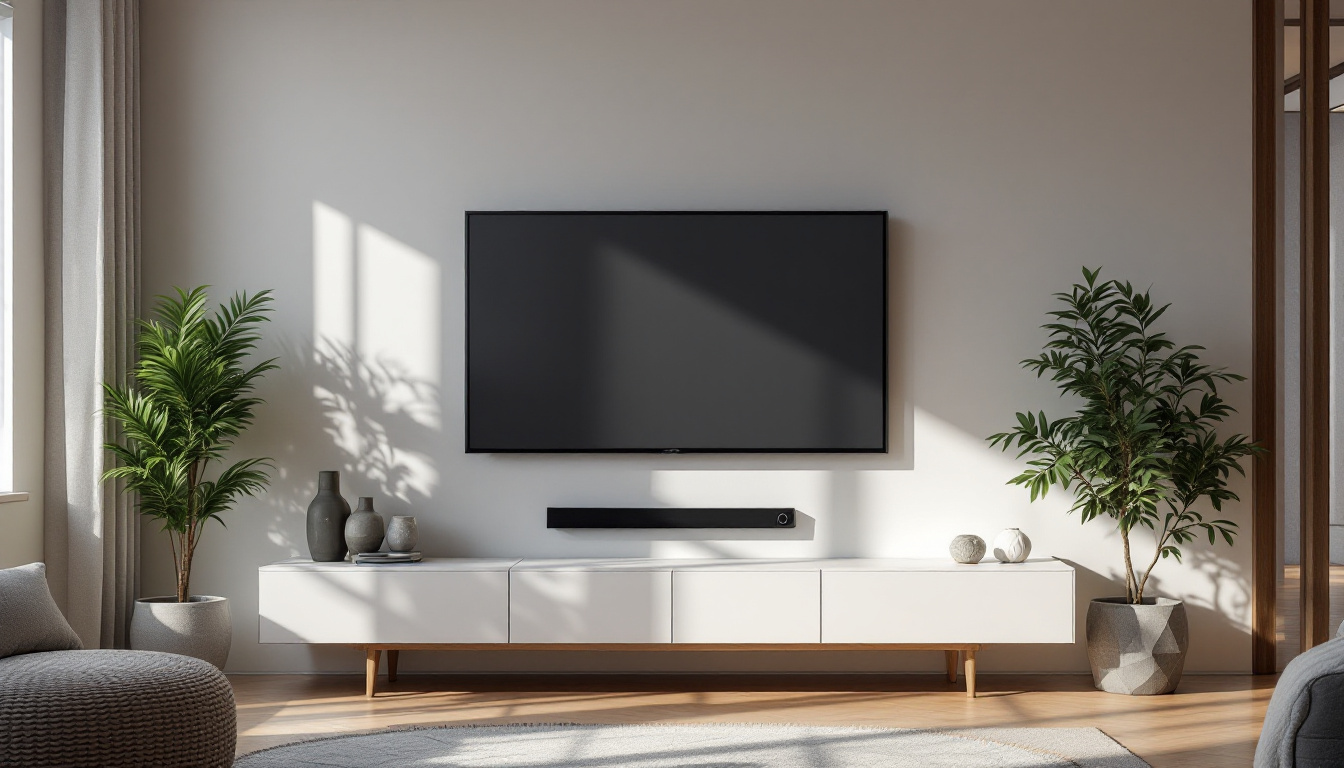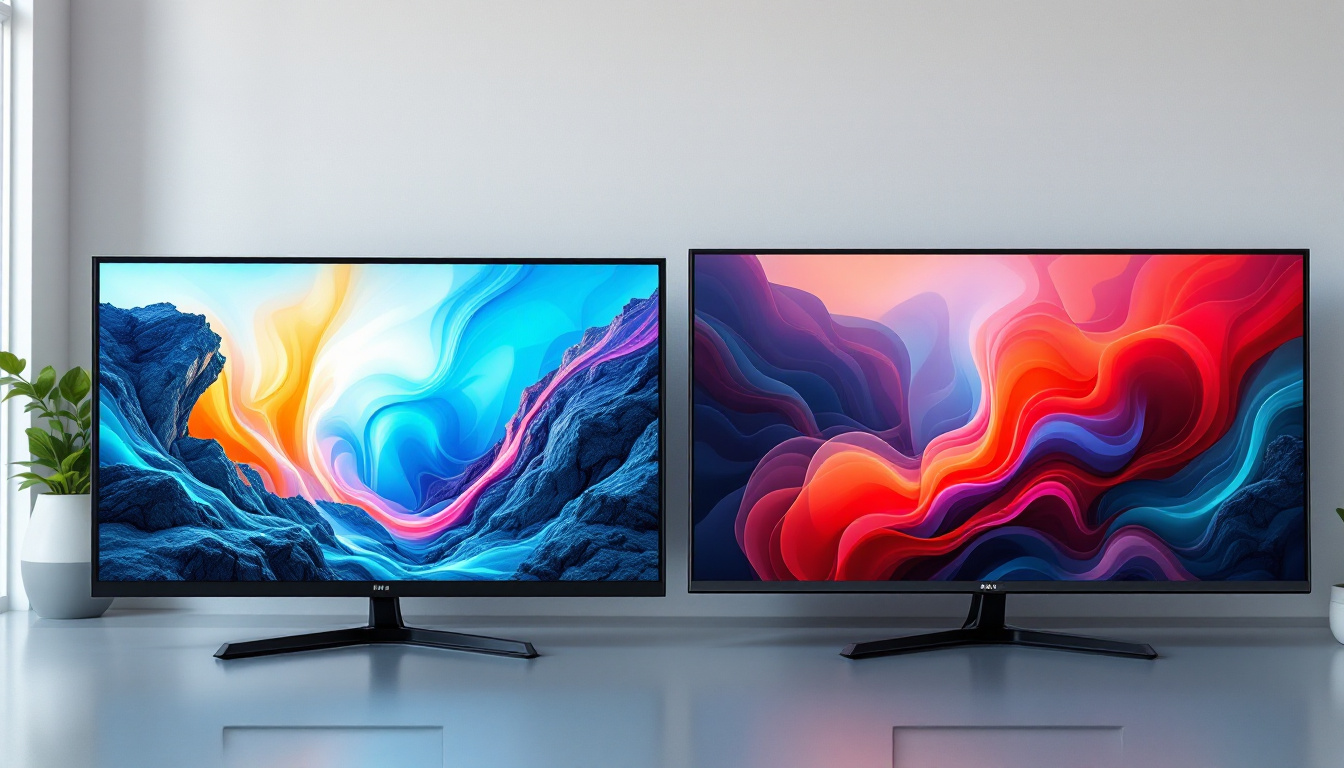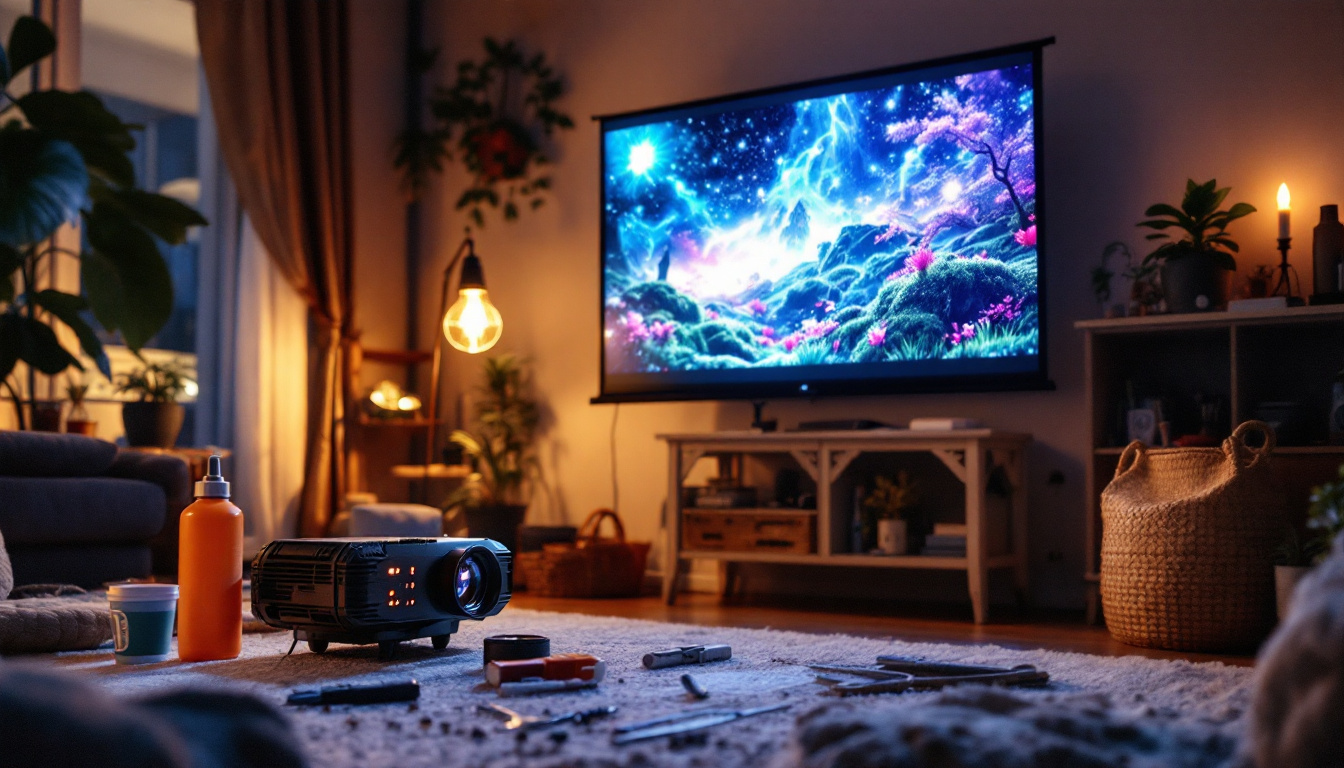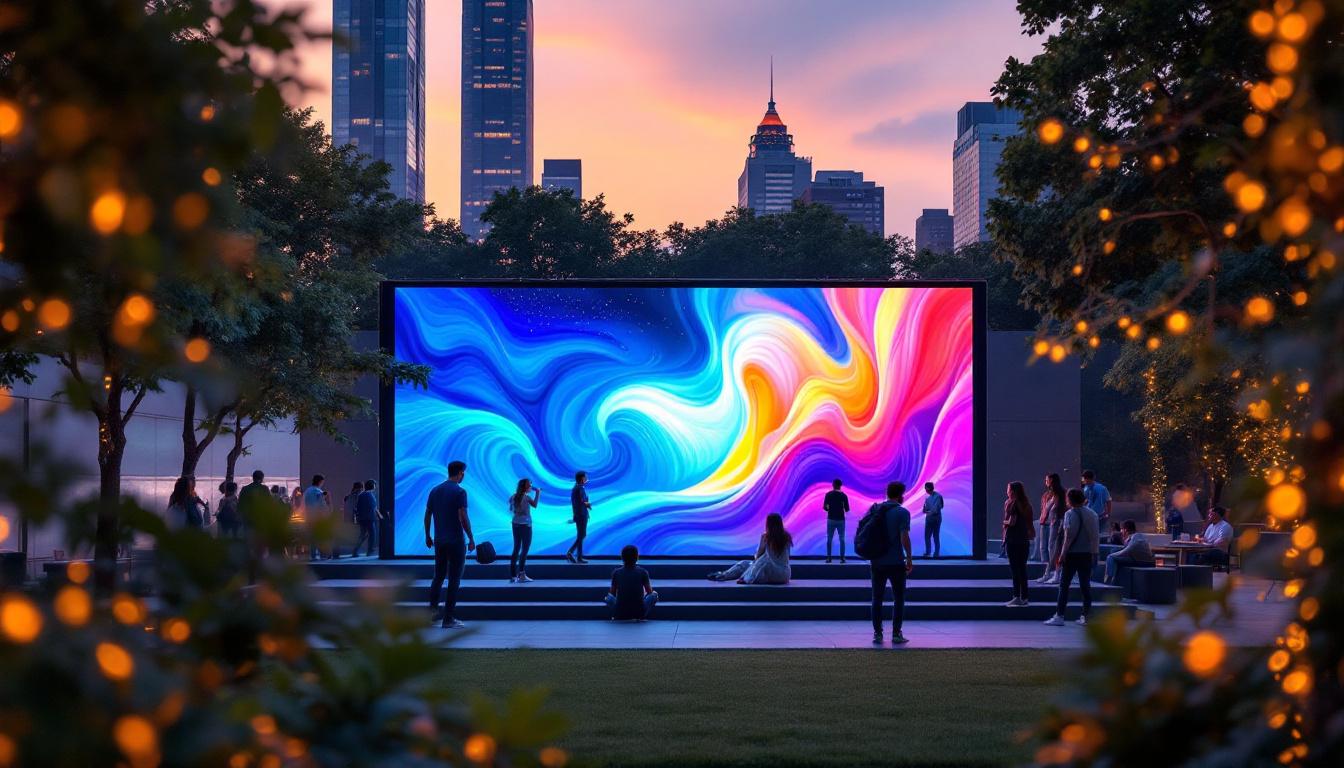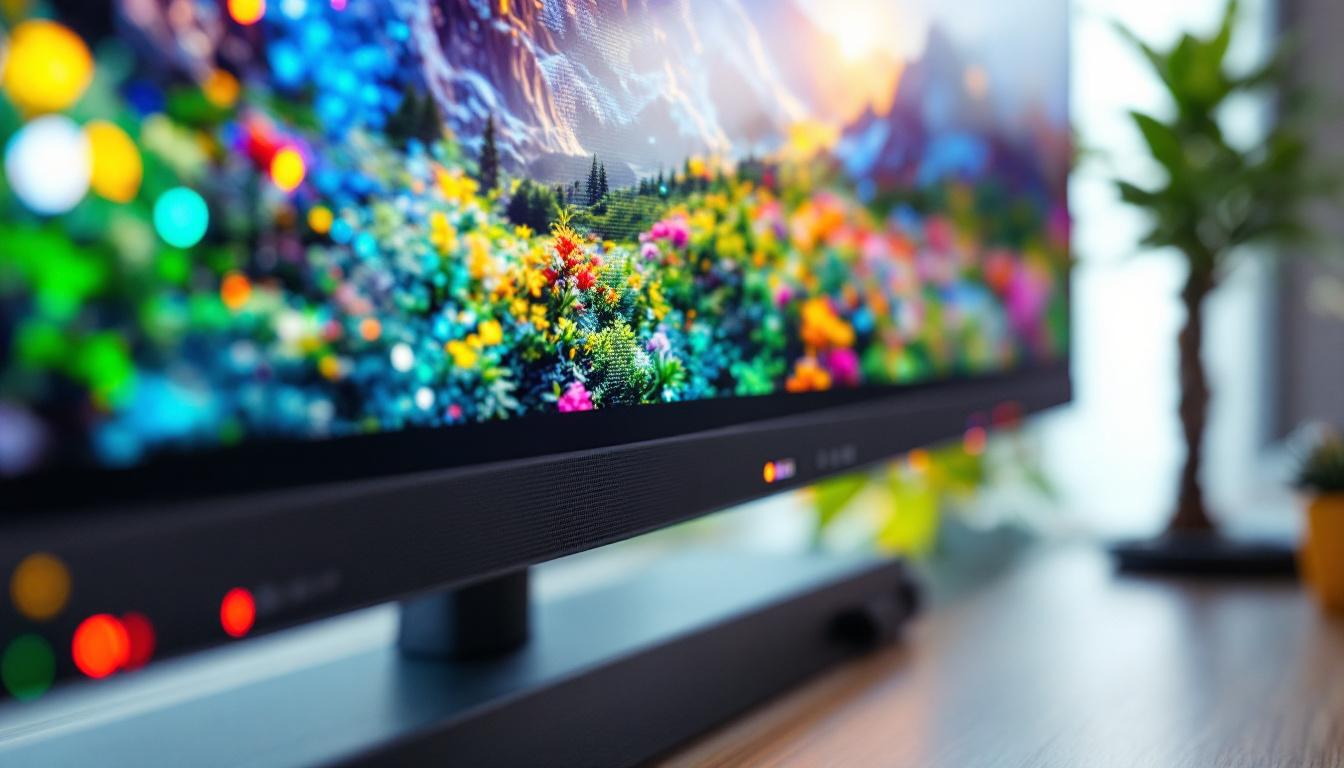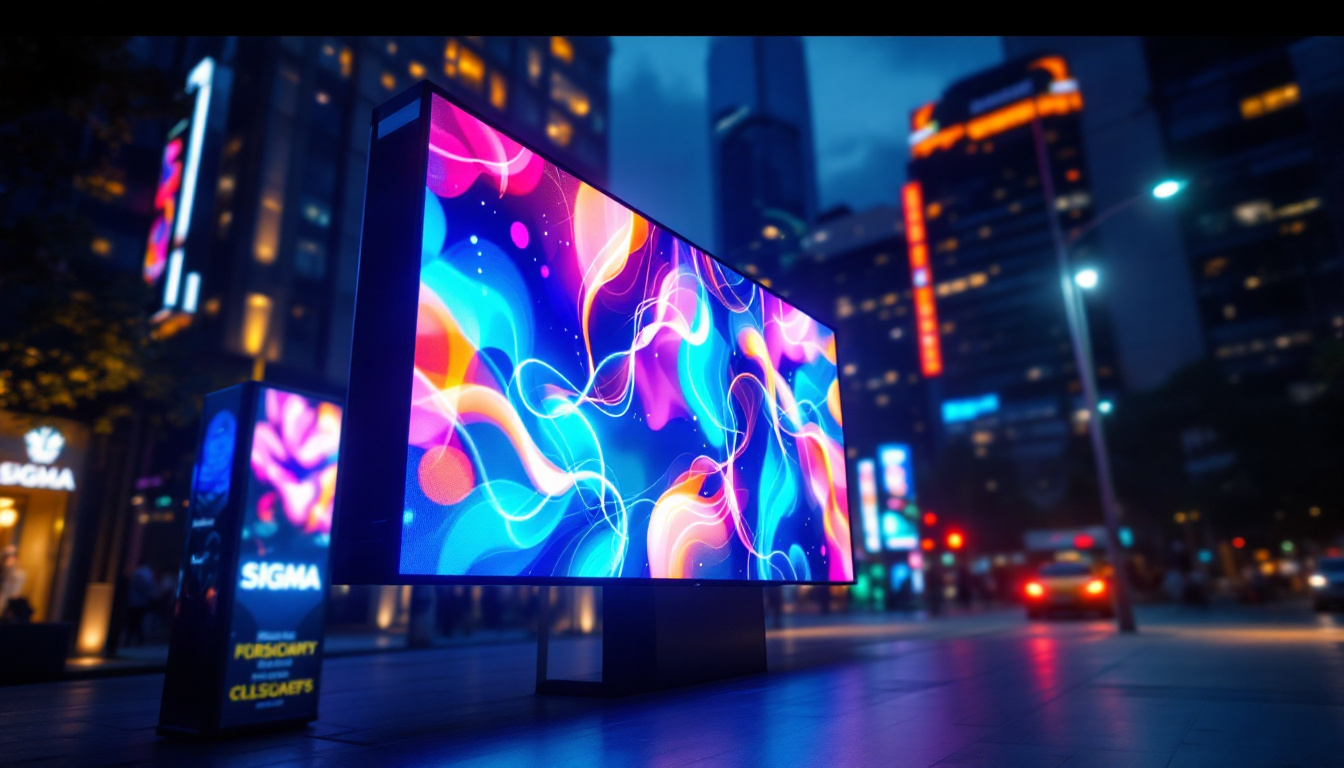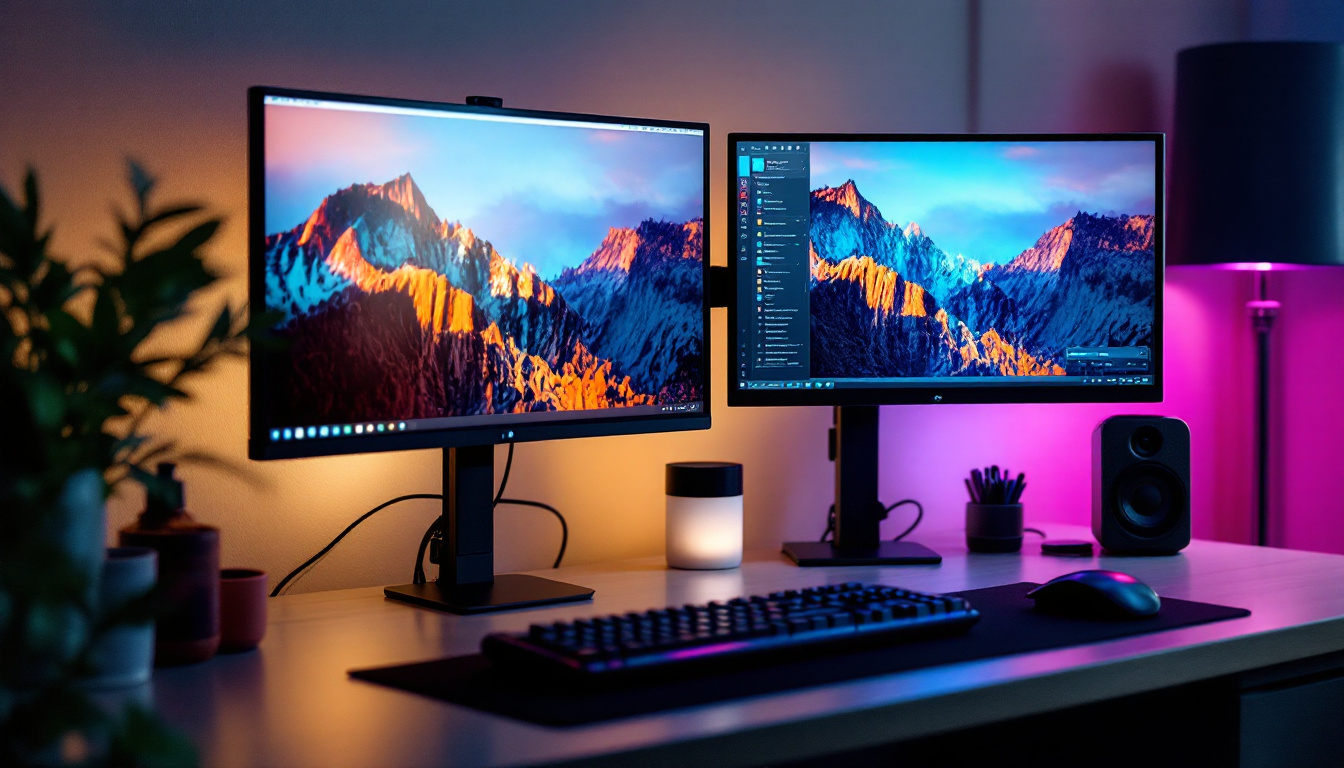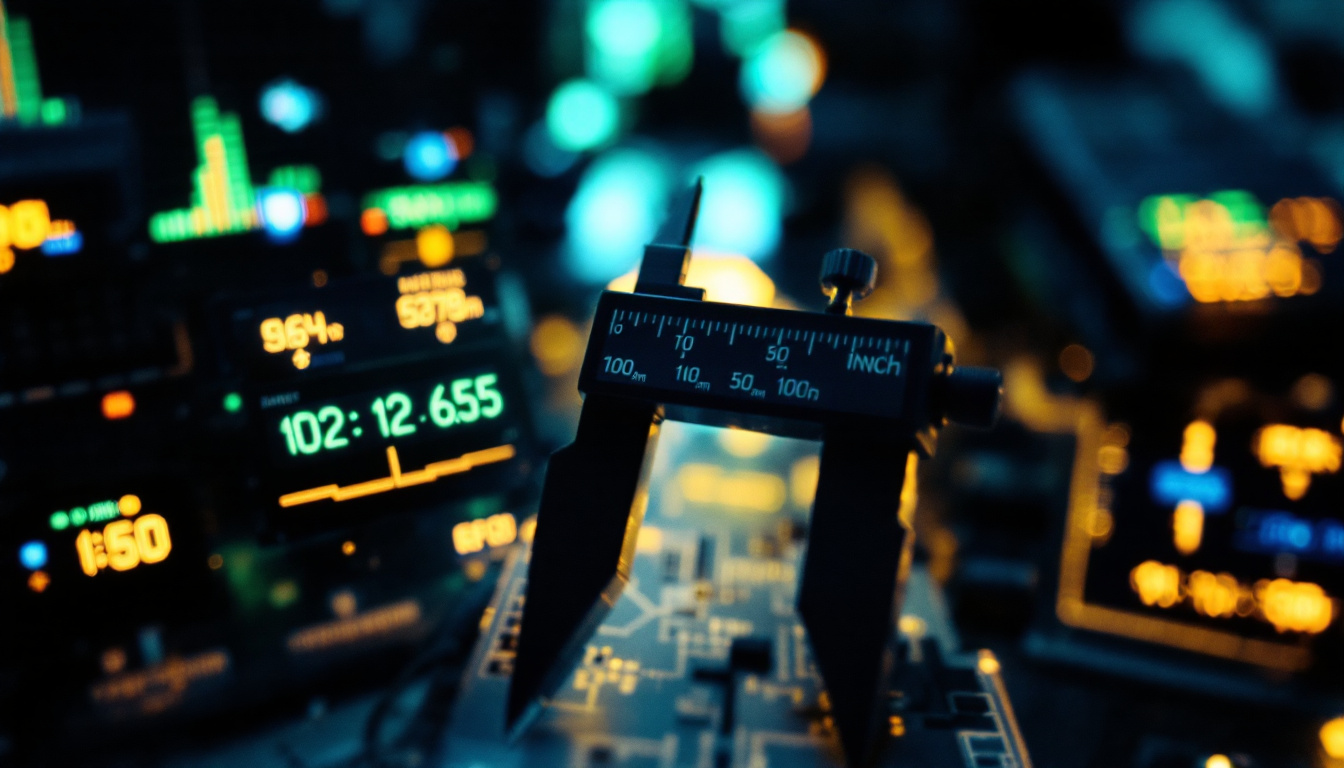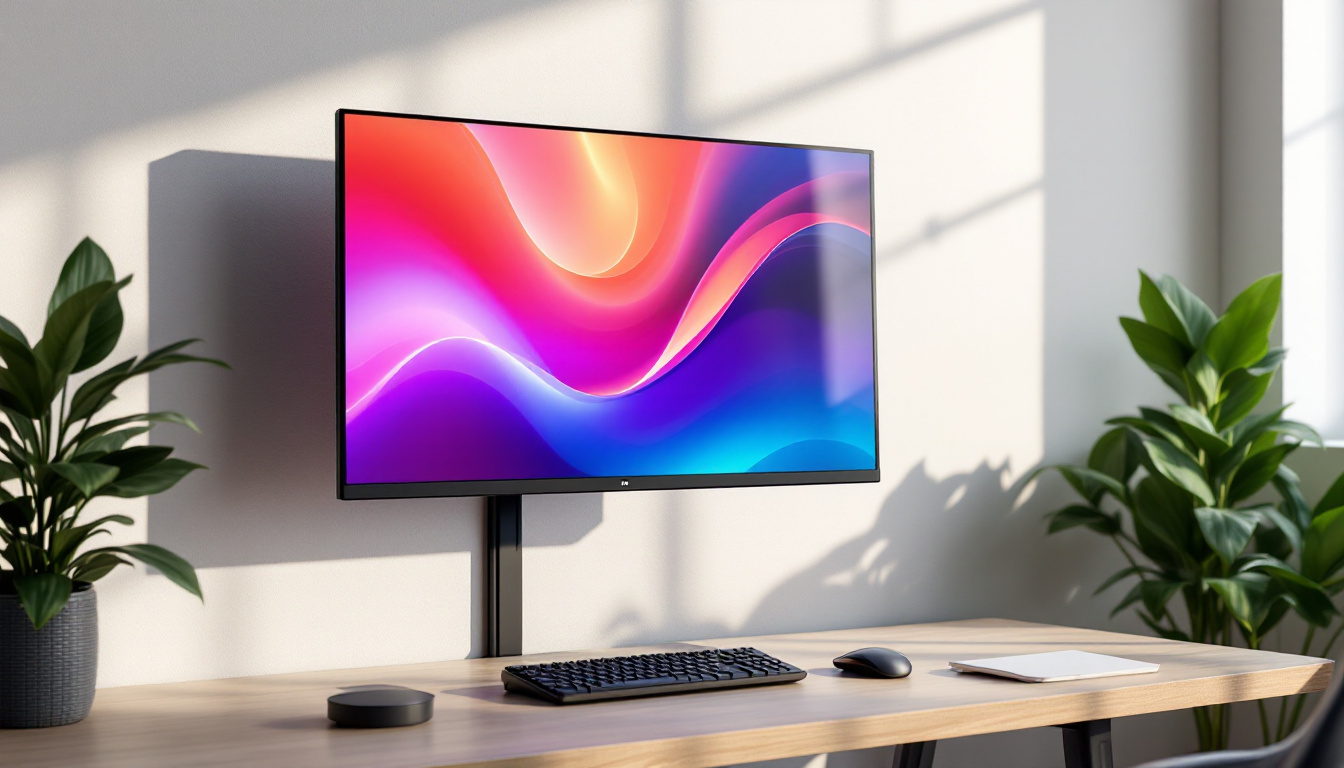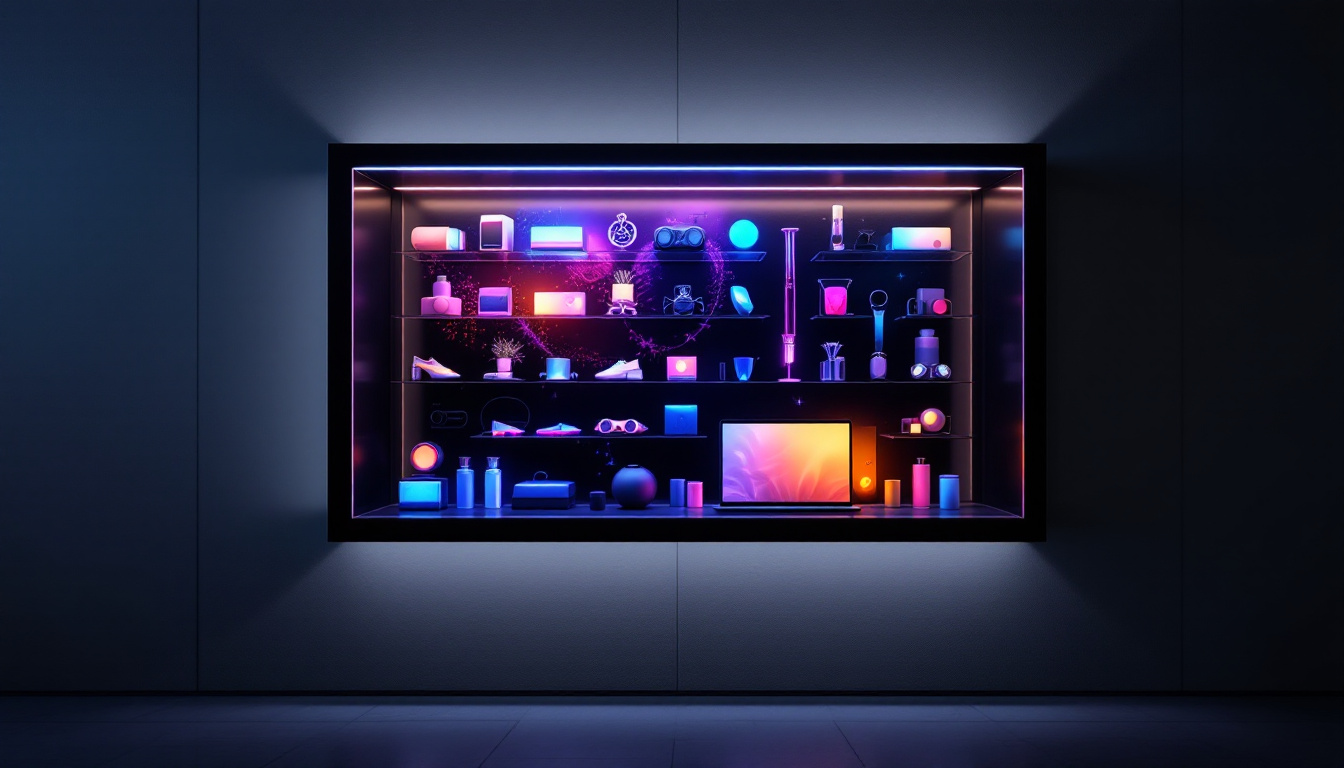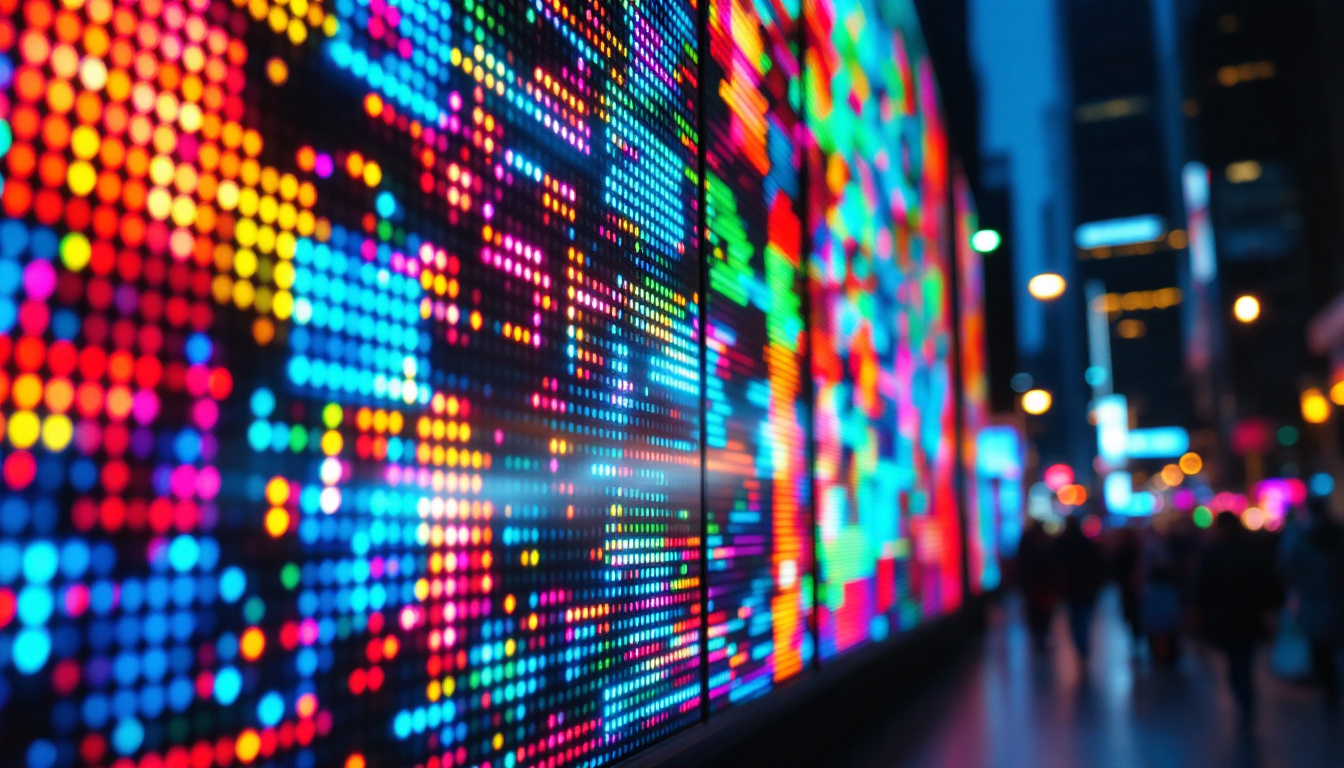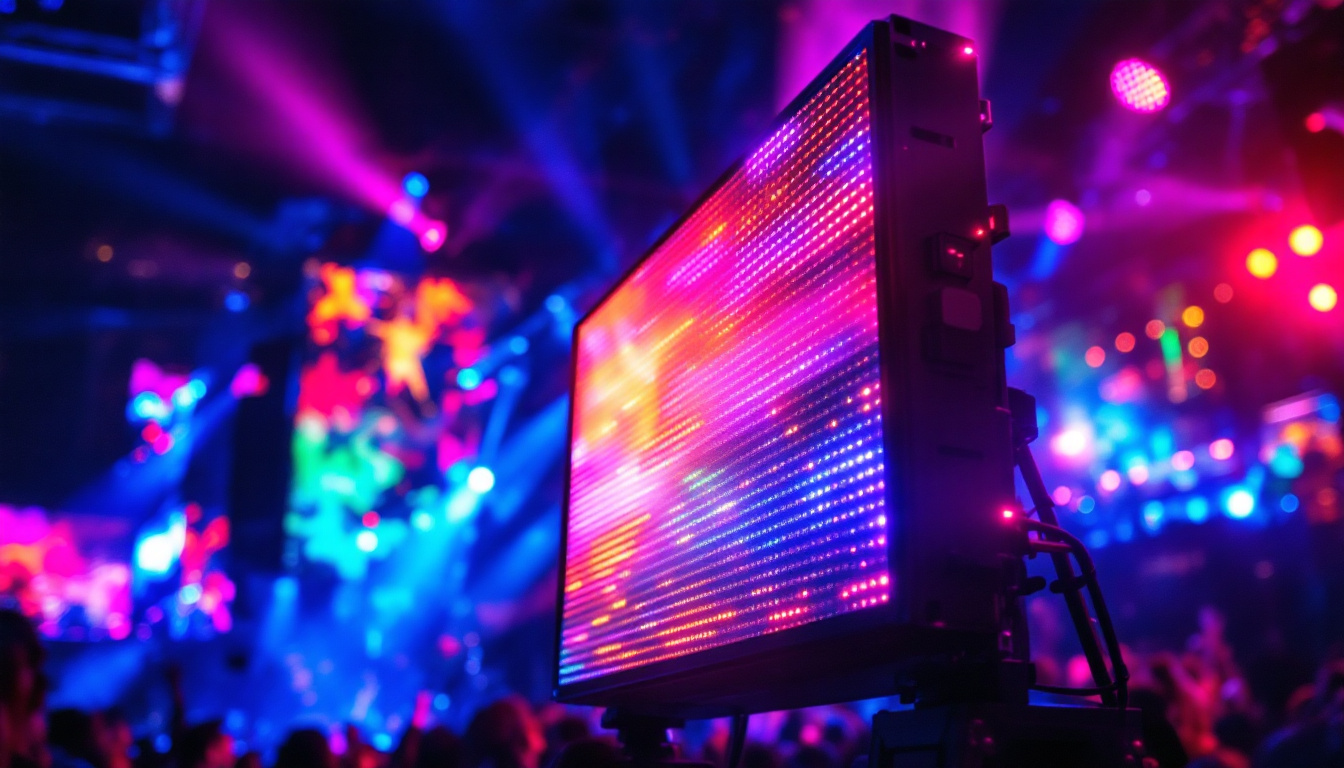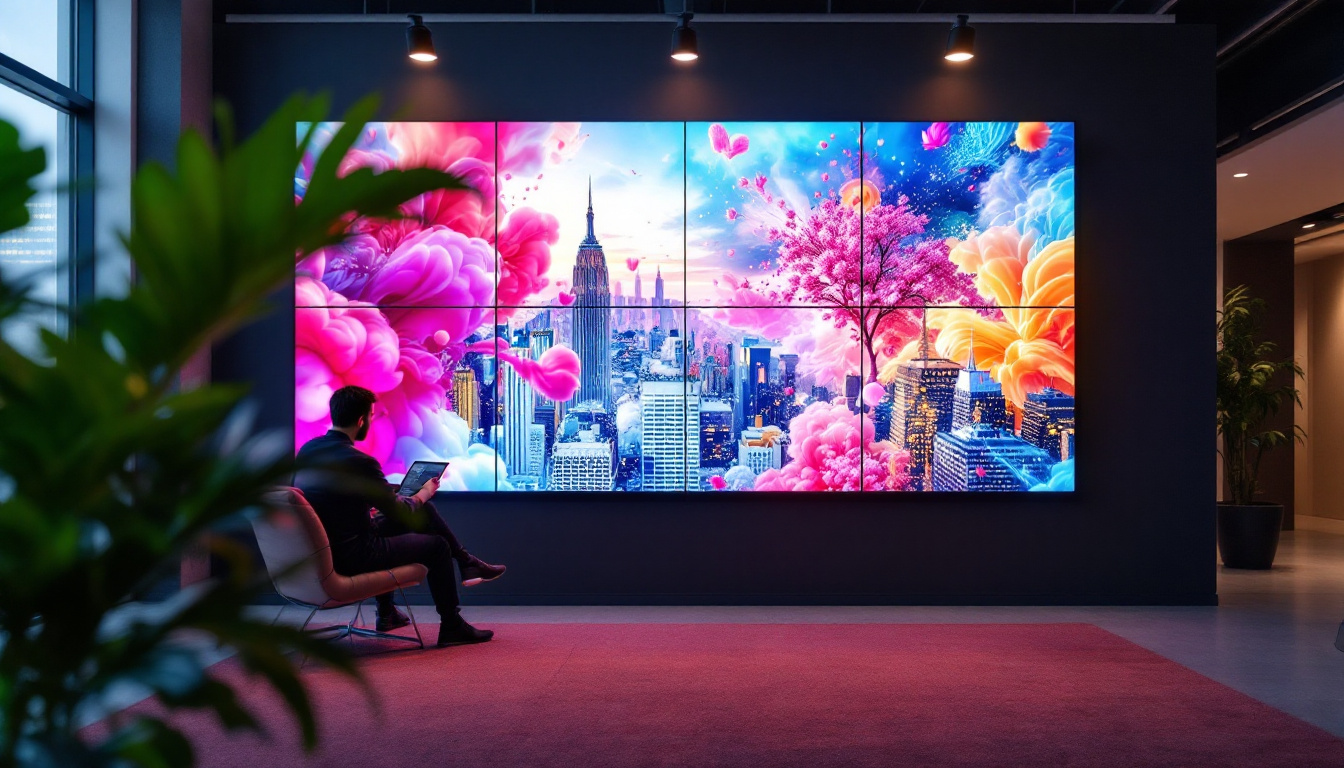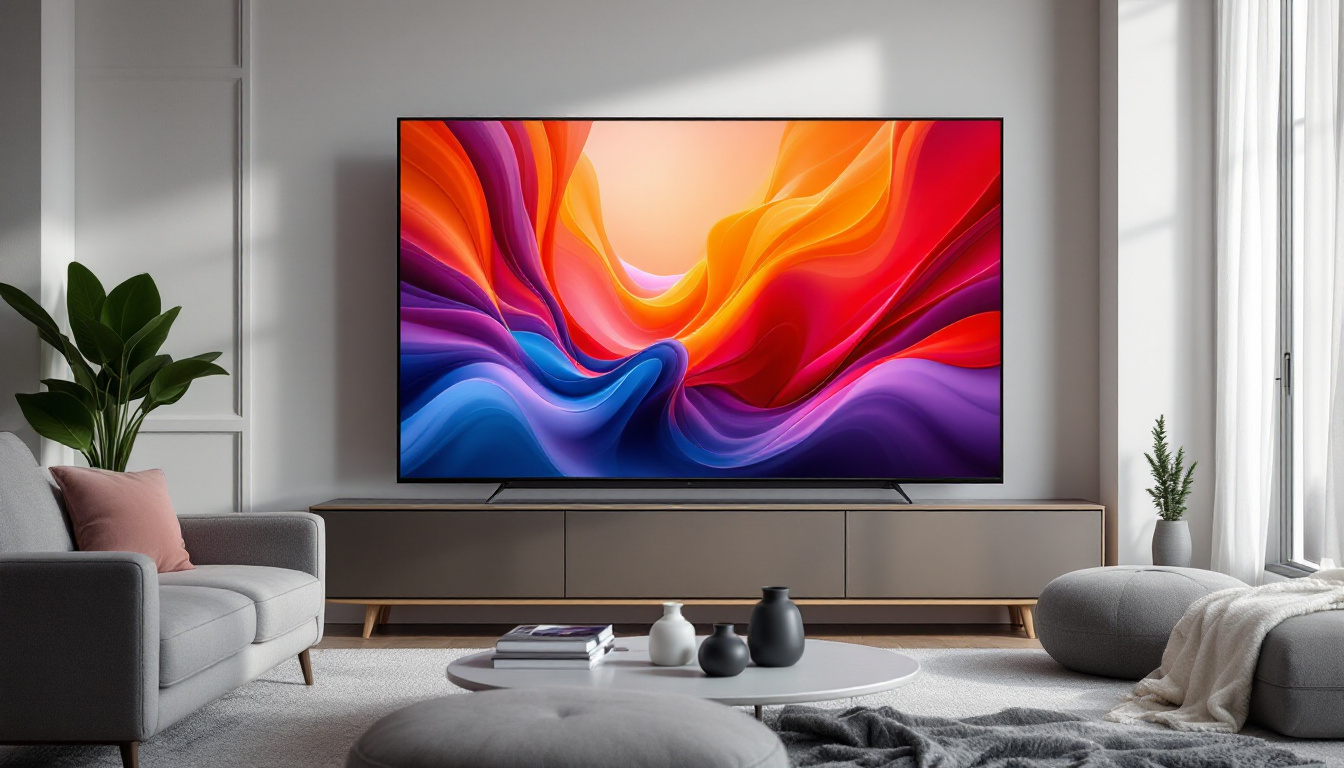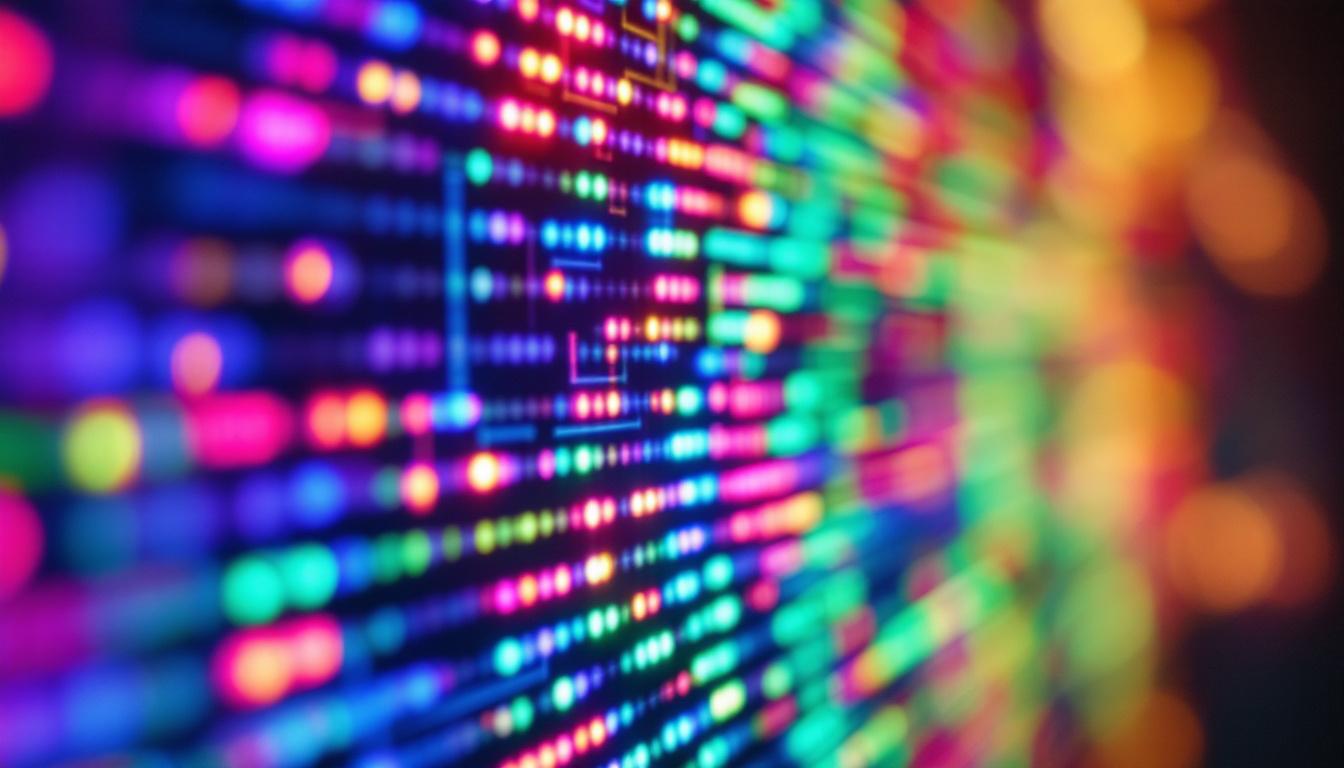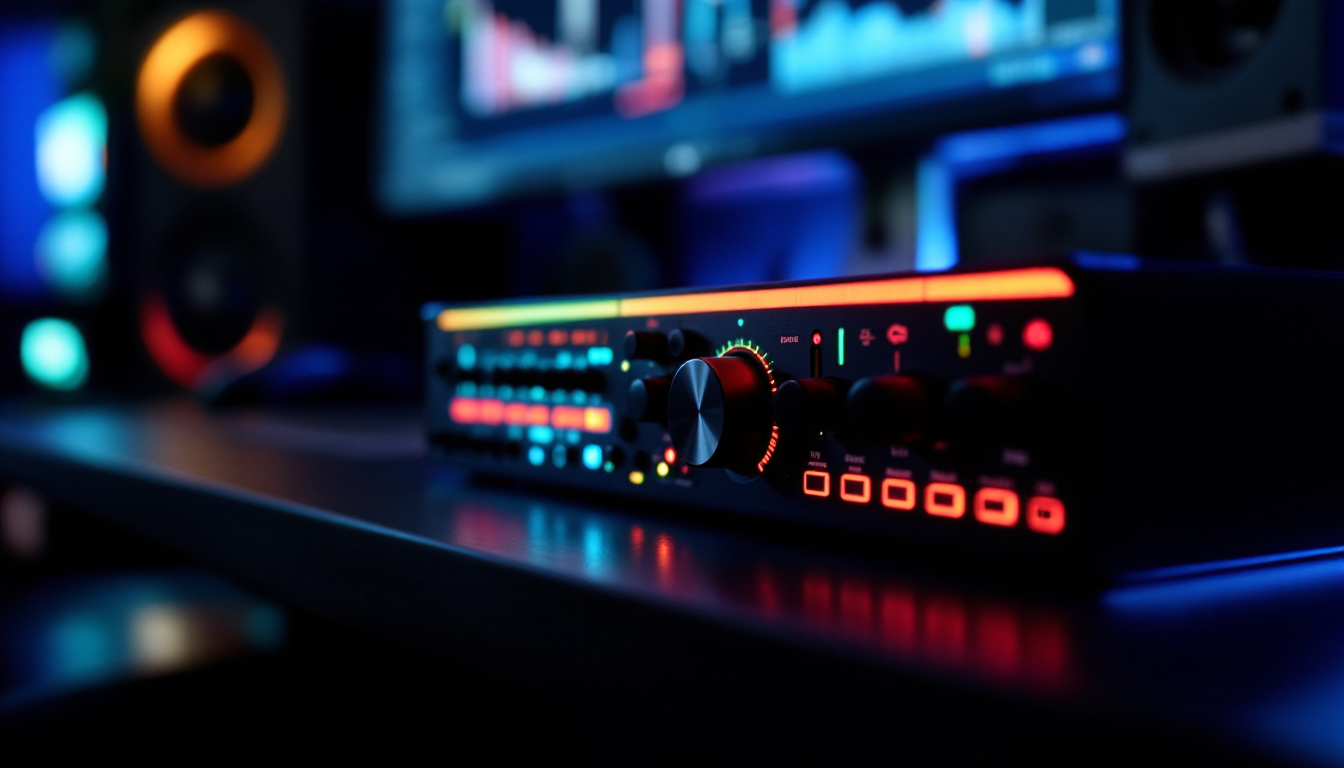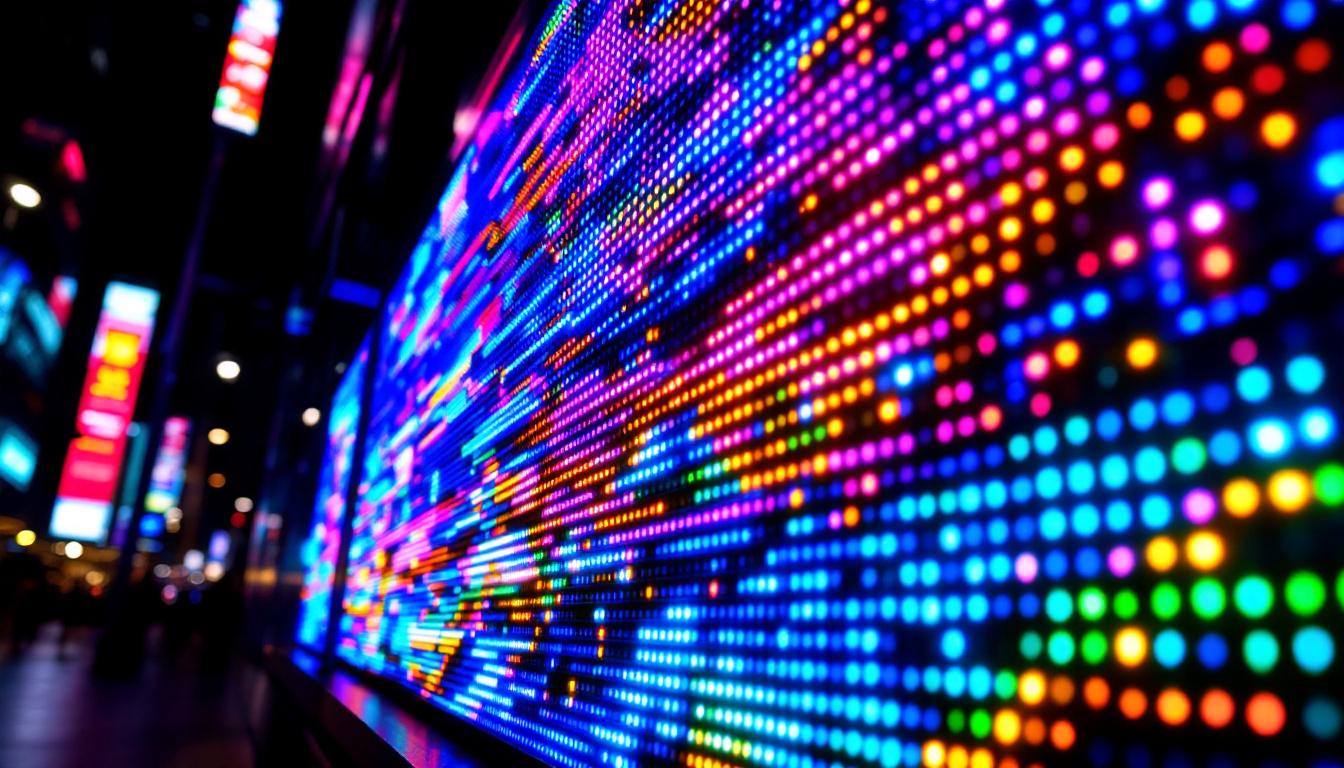In the ever-evolving landscape of technology, touchable monitors have emerged as a fascinating intersection of user interface design and display technology. These monitors, equipped with LED displays, not only enhance interactivity but also improve the overall user experience. This article delves into the mechanics, advantages, and applications of touchable monitors with LED displays, providing a comprehensive understanding of this innovative technology.
Understanding Touchable Monitors
Touchable monitors are screens that respond to touch inputs, allowing users to interact directly with the display. This technology is prevalent in various devices, from smartphones and tablets to larger screens used in educational and professional settings. The integration of touch capabilities into LED displays has revolutionized how users engage with digital content.
What is an LED Display?
LED, or Light Emitting Diode, displays utilize semiconductor technology to produce light. Unlike traditional LCDs that rely on backlighting, LED displays emit light directly from the diodes. This results in brighter images, improved contrast, and enhanced color accuracy. The compact size of LEDs also allows for thinner screen designs, making them ideal for modern touchable monitors.
How Do Touchable Monitors Work?
The functionality of touchable monitors hinges on a combination of hardware and software. Typically, these monitors use capacitive or resistive touch technology. Capacitive touch screens detect the electrical properties of the human body, allowing for multi-touch gestures. In contrast, resistive screens respond to pressure, making them suitable for stylus use or gloved hands.
When a user touches the screen, the monitor’s sensors detect the location of the touch and relay this information to the connected device. The operating system interprets these inputs and executes the corresponding commands, whether it’s opening an application, scrolling through a document, or zooming in on an image.
In addition to their basic functionality, touchable monitors often incorporate advanced features such as gesture recognition and handwriting recognition. Gesture recognition allows users to perform actions with simple hand movements, enhancing the user experience in applications like gaming and virtual reality. Handwriting recognition, on the other hand, enables users to write directly on the screen, which is particularly useful in educational environments where note-taking and interactive learning are emphasized. These features not only make touchable monitors more versatile but also cater to a broader range of user needs, from casual browsing to professional presentations.
Moreover, the durability and responsiveness of touchable monitors have significantly improved over the years. Many modern touch screens are designed to withstand heavy usage, featuring scratch-resistant surfaces and enhanced sensitivity to touch. This resilience makes them suitable for high-traffic environments, such as retail stores and public information kiosks, where they can handle frequent interactions without compromising performance. As technology continues to advance, we can expect even more innovative applications for touchable monitors, further integrating them into our daily lives and workspaces.
Advantages of Touchable Monitors with LED Displays
The integration of touch capabilities with LED technology offers numerous advantages that enhance usability and functionality. These benefits make touchable monitors increasingly popular in various sectors, including education, healthcare, and business.
Enhanced User Interaction
One of the most significant advantages of touchable monitors is the enhanced user interaction they provide. Touch screens allow for intuitive navigation, enabling users to engage with content in a more natural way. This is particularly beneficial in educational settings, where students can interact with learning materials directly, fostering a more engaging learning environment.
Moreover, the ability to use gestures, such as pinch-to-zoom or swipe, adds an additional layer of interactivity that traditional input devices like keyboards and mice cannot replicate. This makes touchable monitors ideal for applications that require quick and efficient navigation.
Space-Saving Design
Touchable monitors with LED displays often feature sleek and compact designs, making them suitable for environments where space is at a premium. Their thin profiles allow for easy integration into various setups, whether mounted on walls or placed on desks. This space-saving design is particularly advantageous in modern offices and classrooms, where maximizing functionality without sacrificing aesthetics is crucial.
Energy Efficiency
LED technology is known for its energy efficiency compared to traditional display technologies. Touchable monitors that utilize LED displays consume less power, leading to reduced energy costs and a smaller carbon footprint. This aspect is especially important for businesses and institutions looking to implement sustainable practices while maintaining high-quality displays.
Applications of Touchable Monitors
The versatility of touchable monitors with LED displays lends them to a wide range of applications across different industries. Their ability to facilitate direct interaction makes them suitable for various environments, from corporate offices to public spaces.
Education
In educational settings, touchable monitors have transformed traditional teaching methods. Interactive whiteboards and smart displays allow educators to present information dynamically, encouraging student participation. Students can collaborate on projects, interact with educational software, and even take quizzes directly on the screen, making learning more engaging and effective.
Furthermore, these monitors can be used to display multimedia content, such as videos and interactive simulations, enhancing the learning experience. The tactile nature of touchable monitors helps cater to different learning styles, ensuring that all students can benefit from the technology.
Healthcare
In the healthcare sector, touchable monitors are increasingly used in patient care and medical training. Medical professionals can access patient records, view diagnostic images, and input data directly through touch interfaces, streamlining workflows and improving efficiency. This technology also allows for more interactive patient education, where patients can engage with their health information in a user-friendly manner.
Additionally, touchable monitors are beneficial in telemedicine, where doctors can conduct remote consultations and share visual information with patients in real-time, enhancing the overall quality of care.
Business and Retail
In the business world, touchable monitors are utilized for presentations, digital signage, and interactive kiosks. They allow for engaging presentations that capture the audience’s attention and facilitate discussions. In retail environments, touchable monitors can enhance customer experiences by providing interactive product displays, allowing customers to explore features and specifications before making a purchase.
Moreover, businesses can use touchable monitors for data visualization, enabling teams to analyze information collaboratively during meetings. This interactive approach fosters better communication and decision-making within organizations.
Challenges and Considerations
While touchable monitors with LED displays offer numerous benefits, they also present certain challenges that users and organizations must consider. Understanding these challenges can help in making informed decisions regarding their implementation.
Cost Implications
One of the primary challenges associated with touchable monitors is their cost. While prices have decreased over the years, high-quality touchable monitors can still represent a significant investment for businesses and educational institutions. Organizations must weigh the benefits against the initial costs and consider their budgetary constraints.
Additionally, ongoing maintenance and potential repair costs should be factored into the overall expenditure. Investing in warranties or service agreements can mitigate some of these financial risks.
Durability and Maintenance
Touchable monitors are subject to wear and tear, particularly in high-traffic environments. The screens can become scratched or damaged over time, impacting their functionality and appearance. Regular maintenance is essential to ensure optimal performance and longevity.
Organizations should implement cleaning protocols to maintain the screens and consider protective measures, such as screen protectors, to reduce the risk of damage. Training staff on proper usage can also extend the life of the monitors.
Software Compatibility
Another consideration is software compatibility. Not all applications are optimized for touch interfaces, which can limit the functionality of touchable monitors in certain scenarios. Organizations should evaluate their software needs and ensure that the applications they intend to use are compatible with touch technology.
Additionally, regular software updates are crucial to maintaining performance and security. Organizations should have a plan in place for managing software updates to avoid potential disruptions.
The Future of Touchable Monitors
The future of touchable monitors with LED displays looks promising, with ongoing advancements in technology set to enhance their capabilities further. Innovations in touch technology, display quality, and interactivity are expected to shape the next generation of touchable monitors.
Advancements in Touch Technology
Future touchable monitors may incorporate more advanced touch technologies, such as haptic feedback, which provides tactile sensations in response to touch inputs. This could enhance the user experience by simulating the feel of physical buttons or textures, making interactions more immersive and intuitive.
Additionally, developments in gesture recognition could allow users to interact with displays without direct contact, providing a hygienic alternative in public spaces and healthcare settings.
Integration with AI and IoT
As artificial intelligence (AI) and the Internet of Things (IoT) continue to evolve, touchable monitors are likely to become integral components of smart environments. These monitors could seamlessly integrate with other devices, allowing for enhanced data sharing and collaboration.
For instance, in smart classrooms, touchable monitors could connect with students’ devices, enabling real-time collaboration on projects. In retail, they could interact with inventory systems to provide customers with the most up-to-date product information.
Conclusion
Touchable monitors with LED displays represent a significant advancement in display technology, offering enhanced interactivity, energy efficiency, and space-saving designs. Their applications span various sectors, from education and healthcare to business and retail, making them versatile tools in the modern digital landscape.
While challenges such as cost, durability, and software compatibility exist, the benefits of touchable monitors are undeniable. As technology continues to advance, the future of touchable monitors promises even more innovative features and applications, further enriching user experiences and transforming how we interact with digital content.
Embracing this technology can lead to improved engagement, efficiency, and collaboration, making touchable monitors an essential component of the future digital ecosystem.
Discover the Future of Interactive Displays with LumenMatrix
Ready to elevate your space with the latest in touchable monitor technology? LumenMatrix, a pioneer in LED display innovation, invites you to explore our comprehensive range of LED display solutions. From captivating Indoor LED Walls to dynamic Outdoor LED Displays, and from versatile Vehicle LED Displays to sleek LED Poster Displays, our products are designed to transform your visual communication and engagement. Experience the revolution in digital signage with our LED Sports Displays, interactive Floor LED Displays, and the clarity of our Custom and All-in-One LED Displays, including the cutting-edge LED Transparent Display. Check out LumenMatrix LED Display Solutions today and join the forefront of display technology.


